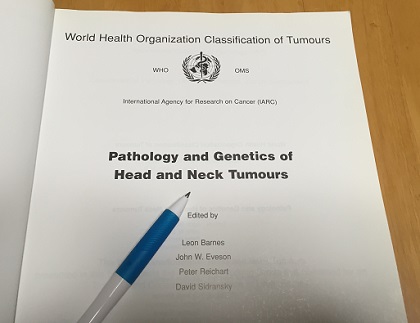Oral cancer and Chewing tobacco
Improve your custom!
Refresh your mouth by Tooth brushing. Bye Bye harmful Chewing tobacco!
Chewing tobacco is a major cause of oral cancer in Bangladesh.
It is even more dangerous if other factors are added.
Some literatures by WHO(IARC) are presented here.

The International Agency for Research on Cancer (IARC) is the specialized cancer agency of the World Health Organization(WHO).
about IARC
IRRC screening report is as following:
IRRC screening
Tobacco use in any form (chewing or smoking) is the most important risk factor for oral cancer. IARC Monographs (2004).
Chewing betel quid, with or without tobacco, a habit particularly prevalent in Southern Asia, is identified as a strong risk factor for oral cancer. IARC Working Group (2004).
IRRC Monographs reported as following:
IRRC Monographs
*** Betel quid without added tobacco:
An increased risk of statistical (or borderline) significance associated with betel quid chewing without tobacco was reported from all case-control studies of cancer of the oral cavity that considered this after adjusting for smoking and/or alcohol intake.
*** Betel quid with added tobacco:
Significantly increased risks for cancer of the oral cavity associated with chewing betel quid with added tobacco were observed in all of the case-control studies that considered this.
IARC CANCER TODAY(2018) reported as following:
CANCER TODAY(2018)
Lip&Oral Cancer / Total Cancer is 9.5 / 105.7 ( world age-standardized rates) while 3.0 / total 248.0 per 100,000, Japan.
* The cancer incidence rate per 100,000 people in a region with a year is the number of people newly diagnosed with cancer in a year.
* At comparing cancer incidence rates in other regions, comparisons are made using population-age-adjustedrates.
ORAL CAVITY CANCER IN DEVELOPED AND IN DEVELOPINGCOUNTRIES: POPULATION-BASED INCIDENCE
HEAD & NECK 32:357-367, 2010,Marianna de Camargo Cancela, et.al. IARC, France.
HEAD & NECK
The highest rates are observed in Pakistan, Brazil,India, and France. These rates were consistent with country-specific risk factors and prevalence.
In developing countries, people are exposed to a wider range of risk factors, starting at younger ages, and primary prevention measures and policies are needed. Awareness of health professionals must be improved to identify people at risk and target them for prevention and to minimize the conse-quences of oral cancer.
Betel quid chewing in Bangladesh
Betel quid chewing in rural Bangladesh is reported in
Betel quid chewing in rural Bangladesh: prevalence, predictors and relationship to blood pressure
Int. J. Epidemiol. 2012 Apr; 41(2): 462-471. Julia E Heck, et. al. UCLA. USA,
Betel quid chewing in rural Bangladesh
"At baseline, betel quid was chewed by 33.2% of the cohort (35.5% of men, 31.6% of women).
In a subsample in which we collected methods of use, 17.5% chewed it without tobacco and 82.5% chewed it with tobacco.
Noncommunicable diseases and Tabaco
fact sheets
As "Modifiable" behavioural risk factors, tobacco use, increase the risk of NCDs.
Tobacco accounts for over 7.2 million deaths every year (including from the effects of exposure to second-hand smoke), and is projected to increase markedly over the coming years.
tabaco who
In these campaign to stop chewing tobacco, measures for people living on the sale of chewing or cultivating tobacco are important issues.
This is almost the same problem as measures for people living on the candy production and sales.
We will write about this later.
